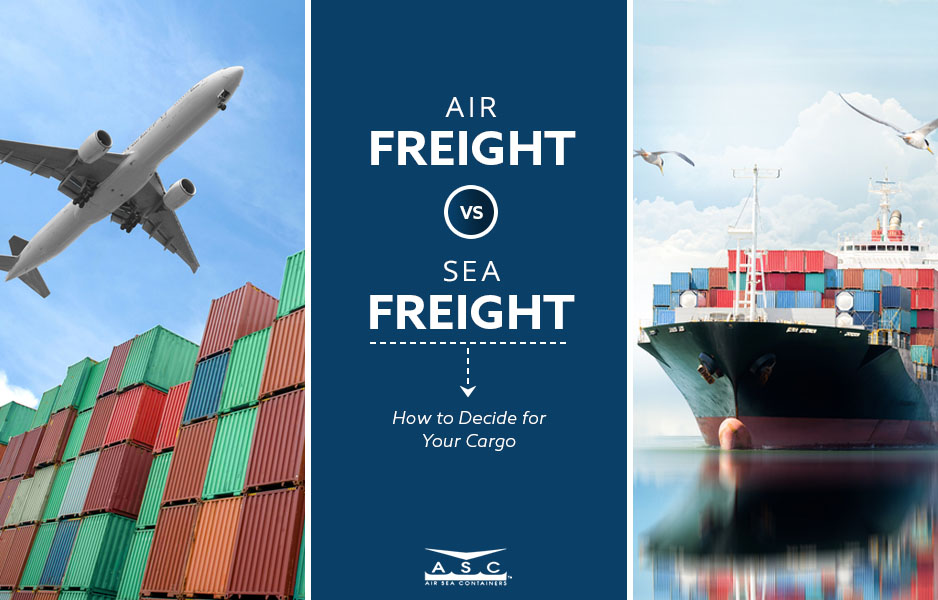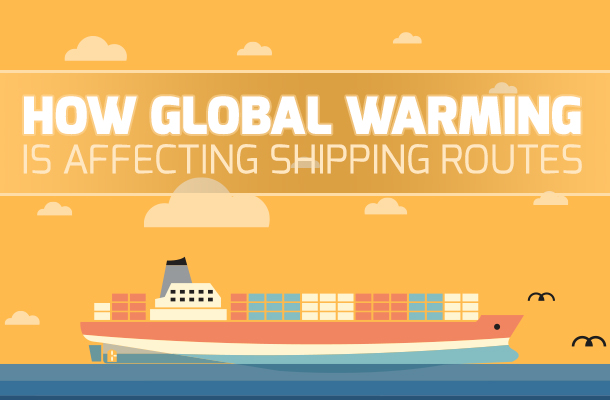
Shipping cargo around the world is a vital service that’s worth billions of dollars and is integral to economies all over the planet. Whether it’s a container of crude oil, gas, or more perishable goods (such as fruit, vegetables, or meat) which are stored in specialized vessels, crossing the world's international shipping routes is considered the lifeblood of the global economy.
As the human imprint on Earth is being seen and felt more and more, and the rise of CO2 emissions continues to accelerate, bringing with it a rise in sea levels, melting ice caps, unpredictable and sometimes severe weather changes, and a slew of other negative consequences, the routes these vessels take are, by extension, largely affected.
As climate change rears its ugly head, many companies are changing course and reimagining important shipping routes. By considering the rapid changes Earth is undergoing and using these sometimes-unfortunate events to their advantage, shipping vessels and their crews can travel far greater distances more cheaply and in less time. The advantages to this, however, are not always worth the immediate results.

The Physical, Social, and Ecological Effects of Global Warming on the Surface
To understand the effects climate change and global warming have on not only shipping routes but on humans, animal species, ecosystems, and the planet at large, it’s best to take a closer look. Due to the release of compounds, namely greenhouse gases such as carbon dioxide, methane, and nitrous oxide, the overall annual global temperature has seen a sharp uptick.
However, this is nothing we don't already know. Although the average person may see these results and not find them alarming, the math shows the steady increase in global temperatures will have far-reaching and irreversible consequences in the future.
Some of the changes inflicted by global warming are not only physical, like extreme weather events (i.e., flooding, tornadoes, drought, etc.) but, also, results in dramatic shifts in the overall mean global sea level and the acidification of the oceans. Many believe these major changes could last for thousands of years if there isn’t a quick turnaround and immediate cessation of human interference and greenhouse gases.
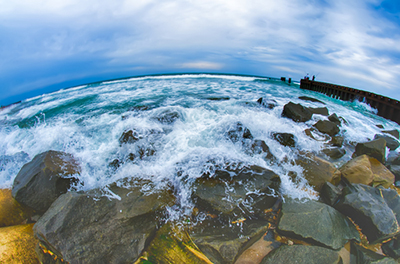 There are also ecological ramifications, as global warming poses a serious threat to already fragile and vulnerable ecosystems like coral reefs and the usually fragile arctic ecosystems (like the melting ice caps). Unknown to the average consumer, climatic changes have also significantly affected human activity/infrastructure.
There are also ecological ramifications, as global warming poses a serious threat to already fragile and vulnerable ecosystems like coral reefs and the usually fragile arctic ecosystems (like the melting ice caps). Unknown to the average consumer, climatic changes have also significantly affected human activity/infrastructure. The social repercussions are important to consider, too, as scientists predict human health, food security, water resources, and access to clean drinking water will be greatly affected in the years to come. Of course, these impacts will be felt in varying ways and to varying degrees depending on the region or country that is experiencing them and its respective location.
The impact of global warming has been widespread and is only expected to increase as the years roll on.
Many of the expected consequences are commonly known, though some of the lesser-known outcomes include changing precipitation patterns, including heavy rainfall, flooding, and snowfall; the expansion of desert regions, bringing with it drought, excessively hot temperatures, and heat waves; abandonment of populated areas due to rising sea levels and flooding; the rampant melting of snow and Artic ice in the North Pole; rising humidity levels; and early arrival of the seasons (like the premature blooming of flowers and plants), to name just a few.

Effects of Global Warming on Oceanic Animals and Ecosystems
Of course, one of the most widely known animals and its way of life that's at risk because of global warming is the polar bear. As the Artic mammal heavily relies on sea ice, which is rapidly disappearing at an alarming rate, many polar bears are left with fewer resources, and many experience a major struggle just to feed their cubs and stay alive.
There have been reports that several polar bears have spent days on end just looking for a solid piece or platform of ice to rest. In a severe case, one such trek cost a female polar bear her young cub (as well as a massive amount of her body weight, typically needed for difficult winters without game).
The melting ice caps, by extension, not only affect polar bears but their primary food source as well. As the shrinking polar ice cap devolves more, ice platforms that seals would typically use to hunt fish have resulted in a staggering decline in their population.
 Polar bears, in the not so distant past, would rely heavily on meals of seals, as infrequent as they could catch them; now even that seems like a far-off task for the polar bears. In 2008, polar bears were officially listed as a threatened species under the Endangered Species Act, mostly due to the rapid deterioration of their native home in the Artic.
Polar bears, in the not so distant past, would rely heavily on meals of seals, as infrequent as they could catch them; now even that seems like a far-off task for the polar bears. In 2008, polar bears were officially listed as a threatened species under the Endangered Species Act, mostly due to the rapid deterioration of their native home in the Artic. As such, many activists and environmentalists see a rocky future for the polar bear population unless climate change is tackled and dealt with sooner rather than later.
On the other side of the globe, penguins also face an existential threat. The polar bear’s tuxedo-adorned southern counterpart is also in danger due to the ravages of global warming. The Adelie penguin is one of two species of penguins that exist in the Antarctic. After having thrived for over 40,000 years, their populations are beginning to experience hardships at the hands of human activity.
Many scientists agree, with the melting of the ice caps, the penguin’s home (large basins of ice) and main food source (namely krill and other small fish) are quickly being depleted. Because of this, their population has seen a rapid decline since the 1970s—as much as 80% in total.
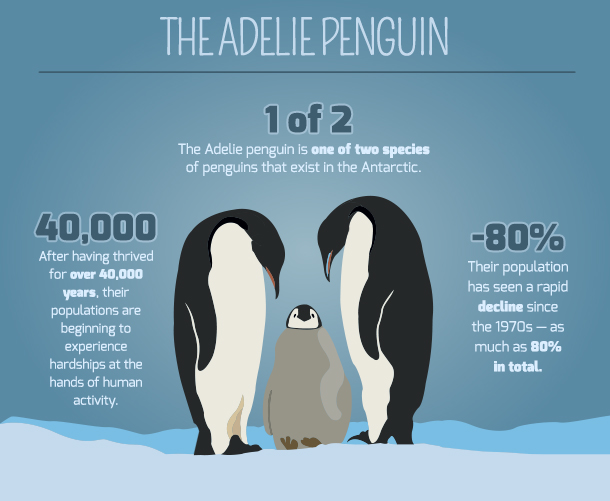
Another animal that’s experiencing the brunt of climate change is the sea turtle. Naturally, the rising sea levels and severe weather conditions like storms and unpredictable weather patterns have affected the sea turtle in the most direct ways.
Stormy conditions put at risk the sea turtle’s recently hatched eggs (which they lay on the beach). Not only that, but a rather odd phenomenon has been recorded recently: unusually dry/hot conditions are yielding mostly female eggs. Although environmentalists see no immediate downside, in the future this may skew the population and create an inordinate number of females to males.
Overall, warming temperatures will also inadvertently affect currents and alter the patterns the sea turtle’s prey typically tend to follow. Last, but probably most importantly, is global warming’s effects on coral reeves. Some sea turtle species rely heavily on coral reefs as habitats, as well as for a steady food supply, as they are some of the most bountiful and life-nourishing ecosystems on the planet but are at great risk, thanks to global warming.
Seen as the rainforests of the ocean due to their biodiversity, coral reefs are a beacon of life for any oceanic or underwater ecosystem. Bound together by calcium carbonate building blocks, coral reefs offer essential nutrients and shelter countless species of marine life, from starfish, to sponges, to parrotfish, jellyfish, and shrimp; the importance of the life coral reefs support is invaluable in maintaining a healthy marine ecosystem.
Global warming, however, has put these great marine forests at risk as ocean temperatures rise. As the effect of even the smallest change in habitat, coral reefs lose a symbiotic dinoflagellate called zooxanthellae, which is a vital component stored in the tissue. Corals get bleached (or whitened) because of these zooxanthellae leaving their body, and this renders the reef weak and less able to fight disease.

How Global Warming Is Affecting Shipping Routes
Melting ice caps aren’t a problem for shipping vessels, which are hoping to capitalize on new routes opening through the North. To the dismay of some of the polar bears in the Artic, getting essential products and cargo has taken precedence. Thanks to the rapidly melting status of the ice caps in the Artic, the possibility of traveling through the North Pole will be an entirely viable shipping route in the next few decades as global warming takes greater effect and melts more key passages into the North Pole.
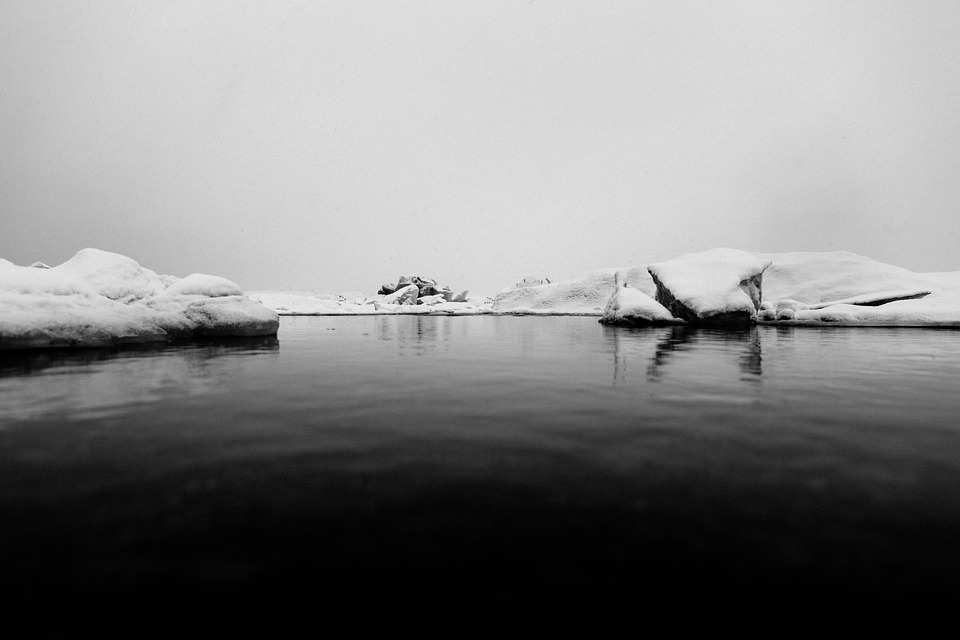
Unfortunately for a lot of shipping companies, though, the astronomical costs involved in using them are stopping companies from taking full advantage, for the time being. Thick ice that would usually stop ships dead in their tracks is expected to de-thaw by the middle of 2030, which would give vessels able to confront the conditions (including ice four feet thick) a chance to use the path. Studies estimate that, by the middle of 2050, regular cargo ships will be able to use the paths that are currently frozen solid.
The sharp decline and the disappearance of sea ice in the Artic have global warming to blame, studies suggest. As older, thicker sheets of ice disappear, and yearly measurements show Artic ice is melting at an exponential rate, new shipping lanes are slowly beginning to take shape. For the time being, though, these routes are largely unnavigable.
Yet, with the promise of having faster more efficient routes to access regions and ports in North America, Asia, and Europe, the prospect has shipping companies more than interested. Instead of a long run that would take weeks to complete, the potential path could see their commute shorten exponentially—in some cases cut in half.
Besides getting there faster and with more frequency, it will also save on fuel costs, cutting emissions by almost 40%. It goes without saying that the prospect of using these routes is more than attractive for shipping companies looking for faster, more efficient ways to get shipments to their destination.
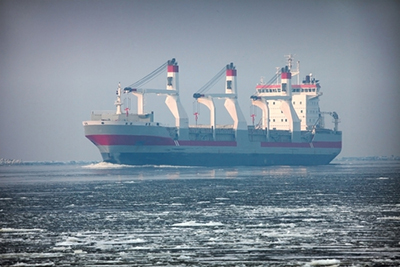 Many mainstream studies predict that, by 2030, the median time it will take to make the trek from North America to countries like Japan, for instance, will span a mere twenty days, as opposed to the thirty it currently takes (on average). By 2050, the average time will be even less than that.
Many mainstream studies predict that, by 2030, the median time it will take to make the trek from North America to countries like Japan, for instance, will span a mere twenty days, as opposed to the thirty it currently takes (on average). By 2050, the average time will be even less than that.It may not be as simple as that, though, a study published by the Copenhagen Business School suggests. Unreliable and unpredictable weather and ice conditions, low bunker (ship) fuel prices, and a short window of time (just the summer season) to get the cargo through may prove to be more difficult than originally thought. Until these routes are tried and tested, in the coming decades, routes through the Suez Canal and Panama will be preferred.

Simple Solutions to Global Warming: What Can the Average Citizen Do?
Although there are unforeseen advantages to global warming, like the opening of time- and cost-efficient shipping routes in the North Pole, one is naturally compelled to think of ways help combat the negative effects of climate change.
The question remains: Is global warming that serious? If so, what can we do to stop it? Well, the short answer is yes, it is serious, but there are simple ways that global citizens can cut down on their energy use and help find solutions to the current climate endemic.
Although the average person may believe that their actions will hardly influence global warming, one may be pleasantly surprised to find out that if enough people join in the same line of thinking and action, their collective joint efforts can have far-reaching results.
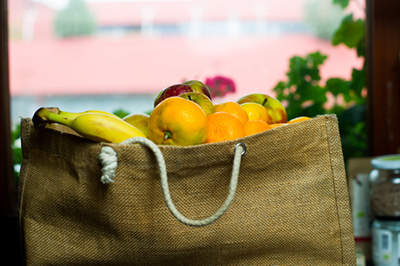 But, what can one person do? Simple actions like eating less meat, becoming more conscious of the products you’re consuming/buying, and taking your reusable bag when grocery shopping are all easy ways to make a big impact. Even cutting down on the energy you use (water/electricity/gas) can save you money while lightening your carbon footprint.
But, what can one person do? Simple actions like eating less meat, becoming more conscious of the products you’re consuming/buying, and taking your reusable bag when grocery shopping are all easy ways to make a big impact. Even cutting down on the energy you use (water/electricity/gas) can save you money while lightening your carbon footprint. If you’re an outdoorsy kind of person, planting trees and volunteering in your local area to help take care of/plant forestry is a great way not only to give back to the planet but, also, get to know your community.
If you’re located in an area with a decent transportation infrastructure, hopping on the bus or biking into work are all great alternatives to driving a car. These are just a few simple examples; the trick is to get creative and know that you can make a difference!

